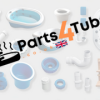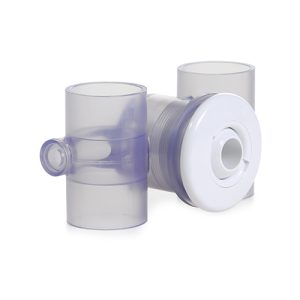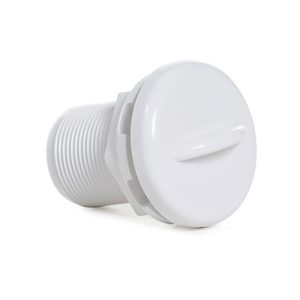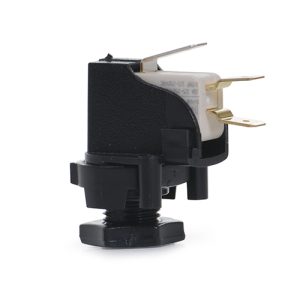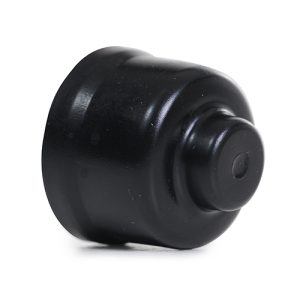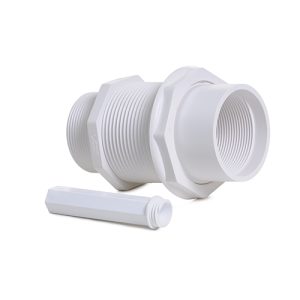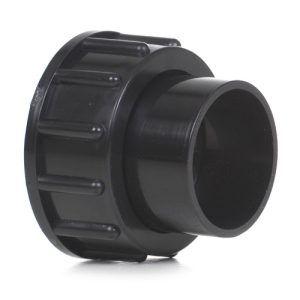BIO-UV Drain Plug O-ring
£20.48 Inc VAT
Out of stock
Want to be notified when this product is back in stock?
BIO-UV Drain Plug O-Ring
Critical Sealing Component for Leak-Free UV System Operation
As a retailer of hot tub spare parts and pool equipment, I supply this essential replacement O-ring that forms the watertight seal between the drain plug and the BIO-UV reactor chamber. While the O-ring may appear to be a simple rubber component, it plays an absolutely critical role in preventing leaks, maintaining system pressure, and ensuring safe operation of UV water treatment equipment. O-ring failure can result in water damage, compromised UV performance, and potential electrical hazards, making timely replacement of this small but vital component essential for reliable system operation.
Understanding O-Ring Function in UV Systems
The drain plug O-ring creates a compression seal between the threaded drain plug and the reactor chamber housing. When the drain plug is properly tightened, the O-ring compresses into a precise groove, deforming slightly to fill microscopic irregularities in the mating surfaces and creating a continuous barrier against water escape. This elastic deformation is what enables O-rings to provide reliable sealing despite minor surface imperfections or variations in manufacturing tolerances.
The O-ring must maintain this seal under varying conditions including system pressure during normal operation, temperature fluctuations as water flows through the reactor, and chemical exposure from treated pool water. The seal must remain intact whether the UV system is running continuously or cycling on and off with filtration schedules, enduring repeated thermal expansion and contraction cycles throughout its service life.
Material Properties and Chemical Resistance
BIO-UV drain plug O-rings are manufactured from elastomeric materials specifically selected for their resistance to the harsh chemical environment found in pool and spa water treatment systems. The material must withstand continuous exposure to chlorine, bromine, pH adjusting chemicals, and various sanitizing agents without deteriorating, swelling, or losing its elastic properties.
The elastomer composition balances several competing requirements: sufficient hardness to resist extrusion under pressure, adequate flexibility to compress and conform to sealing surfaces, chemical resistance to prevent degradation, and temperature stability to maintain properties across the operating temperature range encountered in pool equipment. The material must also resist ozone exposure, UV radiation that may escape the reactor chamber, and the oxidizing environment created by UV treatment processes.
O-Ring Degradation and Replacement Indicators
O-rings are consumable components that experience gradual degradation through several mechanisms during normal service. Chemical exposure can cause swelling, hardening, or softening of the elastomer material, compromising sealing effectiveness. Compression set occurs when the O-ring loses its ability to return to original dimensions after being compressed, resulting in reduced sealing force and potential leak paths.
Visible signs that O-ring replacement is necessary include cracking, splitting, or surface deterioration of the rubber material, permanent deformation that prevents proper sealing, hardening that reduces flexibility, or actual water seepage around the drain plug. However, experienced maintenance personnel replace O-rings proactively during routine service intervals rather than waiting for visible failure, as the cost of a replacement O-ring is negligible compared to the consequences of leakage.
Installation Best Practices
Proper O-ring installation is essential for achieving reliable sealing and maximizing service life. The O-ring seating groove and mating surfaces must be clean and free from debris, old lubricant residue, or damage that could compromise the seal. Inspecting these surfaces during O-ring replacement allows detection of thread damage, corrosion, or other issues that require attention.
Light application of silicone-based lubricant to the O-ring before installation serves multiple purposes: it protects the O-ring from damage during insertion, ensures even compression around the entire circumference, and reduces friction that might cause the O-ring to twist or pinch during tightening. The lubricant must be compatible with both the O-ring material and pool water chemistry to avoid degradation or contamination.
Proper tightening torque is critical when installing the drain plug. Over-tightening can excessively compress the O-ring, accelerating compression set and potentially damaging the seal. Under-tightening leaves insufficient compression to create a reliable seal and may allow the plug to loosen from vibration during operation. Following manufacturer specifications ensures optimal O-ring compression and sealing performance.
Maintenance Scheduling and Preventive Replacement
Professional pool maintenance protocols typically include O-ring inspection and replacement as part of scheduled UV system service. Many operators replace drain plug O-rings annually or whenever the drain plug is removed for winterization, reactor cleaning, or lamp replacement procedures. This preventive approach ensures the seal remains reliable rather than risking leaks from degraded O-rings.
The relatively low cost of replacement O-rings makes preventive replacement economically sensible compared to the potential consequences of seal failure. Water leakage from a failed O-ring can damage electrical components, cause corrosion to surrounding equipment, create slip hazards, and waste treated water. In commercial installations, leak-related downtime and repair costs far exceed the expense of proactive O-ring replacement.
Inventory Management for Service Operations
Pool service professionals and facility maintenance operations benefit from maintaining an inventory of drain plug O-rings for the UV systems they service. Having replacement O-rings readily available prevents service delays when routine maintenance reveals degraded seals requiring immediate replacement. This inventory approach is particularly important for seasonal operations where UV systems are winterized and recommissioned annually, with O-ring replacement recommended at each service interval.
Stocking genuine BIO-UV replacement O-rings ensures proper fit, material compatibility, and reliable performance. Generic or incorrectly sized O-rings may appear to function initially but can fail prematurely due to improper compression, material incompatibility, or dimensional differences that prevent optimal sealing.
Technical Specifications
| Specification | Details |
|---|---|
| Product Name | BIO-UV Drain Plug O-Ring |
| SKU | 7111676205 |
| Category | UV System Spare Parts |
| Compatible Equipment | BIO-UV Drain Plugs |
| Weight | 0.1 kg |
| Dimensions (L x W x H) | 0.01m x 0.02m x 0.01m |
| Volume | 2.0 × 10⁻⁶ m³ |
| Component Type | Compression Seal O-Ring |
| Primary Function | Watertight Sealing |
| Material Characteristics | Chemical Resistant Elastomer |
| Application Environment | Pool/Spa Water, UV Systems |
Protecting System Integrity Through Proper Sealing
The drain plug O-ring represents one of the smallest components in a UV water treatment system, yet its role in maintaining system integrity cannot be overstated. This simple elastomeric seal stands between reliable, leak-free operation and potentially costly failures that compromise equipment performance and create maintenance emergencies. By maintaining fresh, properly installed O-rings and following recommended replacement intervals, UV system owners protect their investment while ensuring the consistent water quality performance that justifies UV technology adoption.
| Weight | 0.1 Kilograms |
|---|---|
| Length | 0.01 Meters |
| Width | 0.02 Meters |
| Height | 0.01 Meters |
| Volume | 2.0E-6 CubicMeters |
| Supplier | GoldenC |
Related products
Spares
Spares
Spares
Spares

